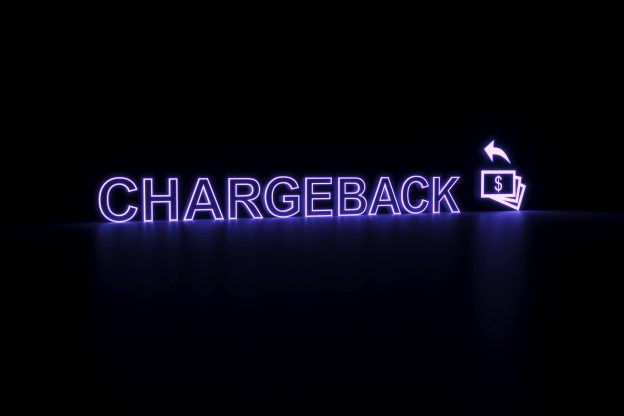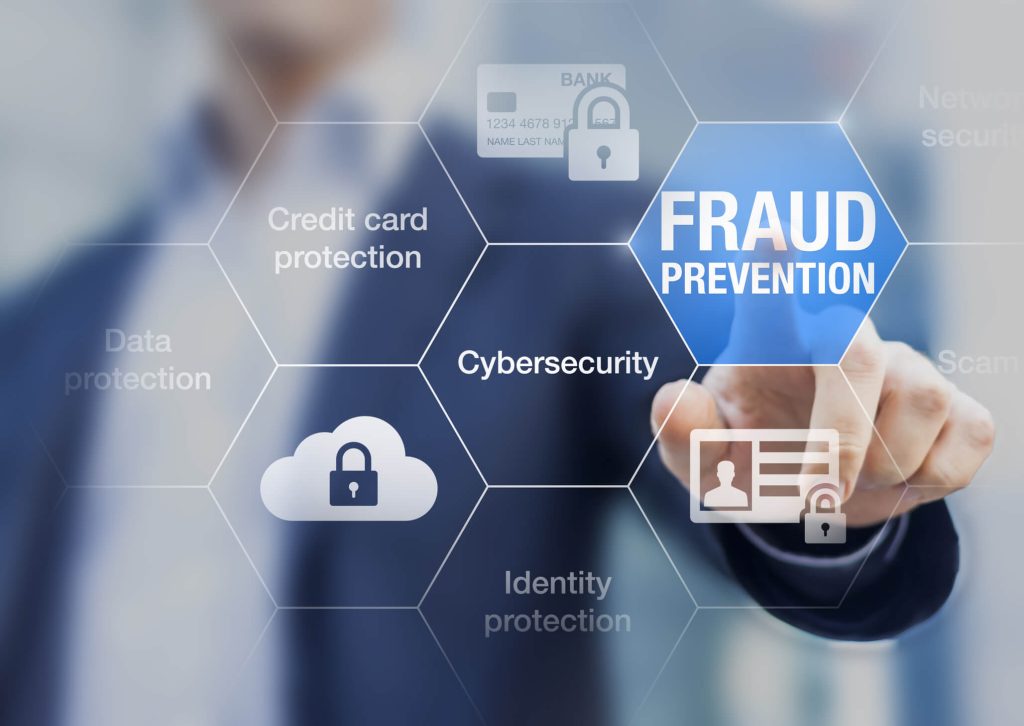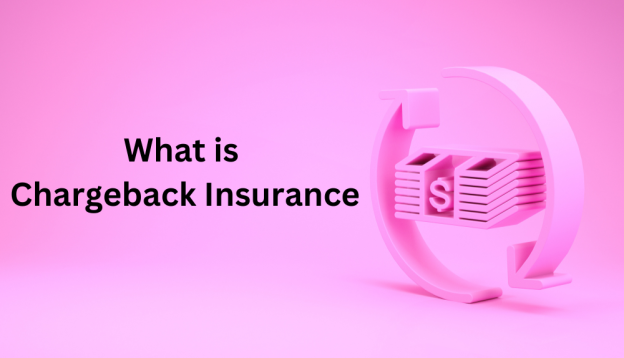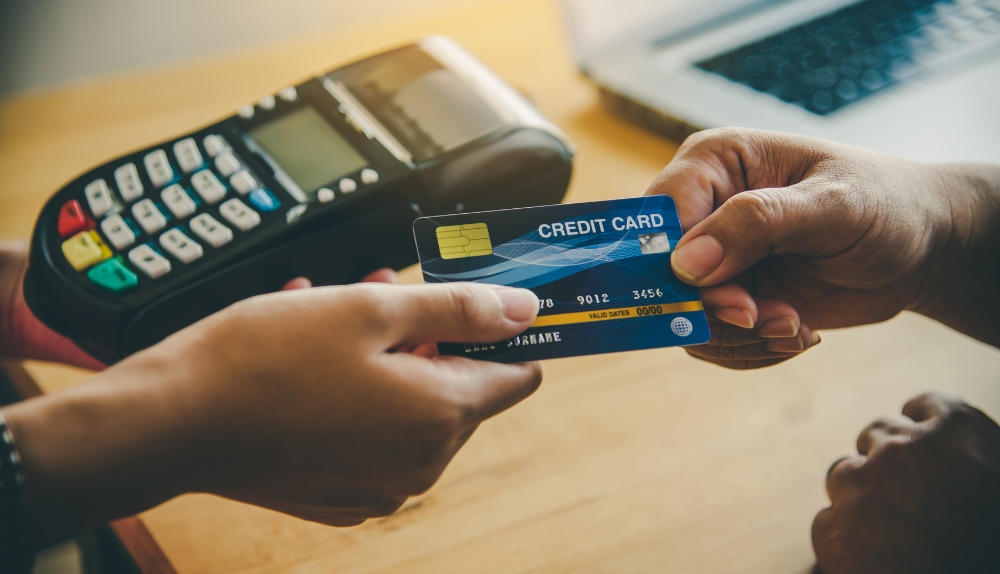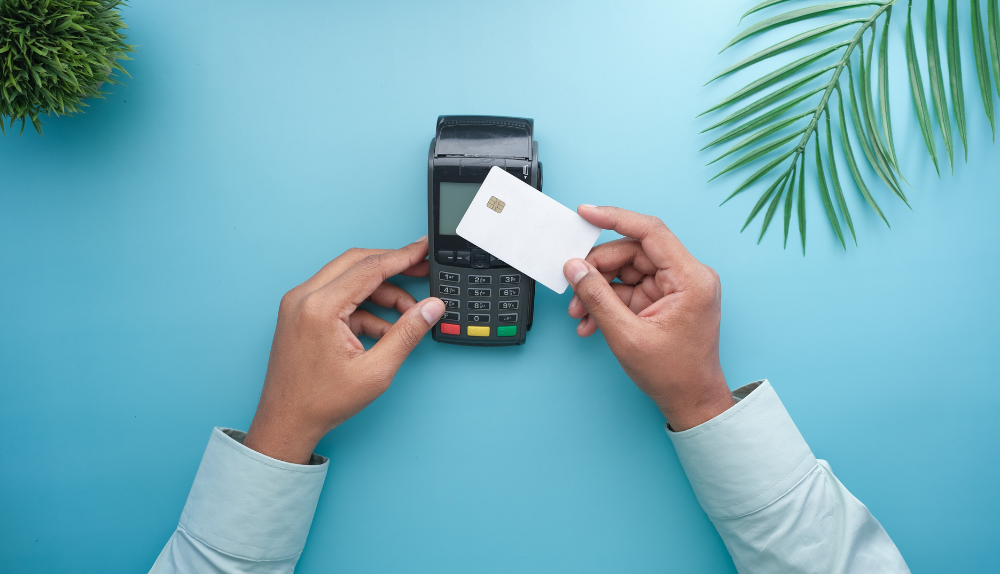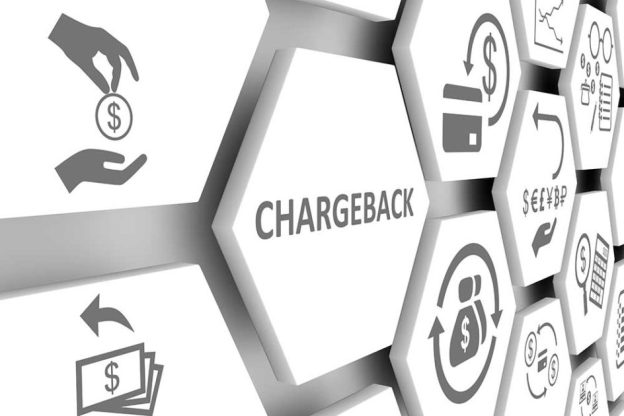Cash App is a popular peer-to-peer payment platform that allows users to send and receive money easily. However, like any financial service, chargebacks can occur, leading to disputes between buyers and sellers. In this comprehensive guide, we will explore the various aspects of handling Cash App chargebacks, including common reasons for chargebacks, steps to handle them, gathering evidence, communicating with customers, navigating Cash App’s Dispute Resolution Center, expert advice for preventing chargebacks, analyzing chargeback trends, the role of Cash App’s Buyer Protection Policy, frequently asked questions, and finalizing the chargeback process.
What is Cash App?
Common Reasons for Cash App Chargebacks and How to Avoid Them
Chargebacks can be a significant concern for businesses using Cash App, as they can lead to financial losses and strained customer relationships. Understanding the common reasons for chargebacks and implementing strategies to avoid them is crucial for maintaining a healthy business operation. Here’s a comprehensive guide to help you navigate and minimize chargebacks on Cash App.
Common Reasons for Cash App Chargebacks
- Unauthorized Transactions: Unauthorized transactions are one of the leading causes of chargebacks. This occurs when a customer claims they did not authorize a payment, often due to fraud or account compromise.
- Product or Service Not Delivered: Customers may initiate a chargeback if they do not receive the product or service they paid for. This could be due to shipping issues, inventory problems, or service delivery failures.
- Product Not as Described: When a customer receives a product that significantly differs from what was advertised, they might file a chargeback. This includes discrepancies in product quality, features, or condition.
- Duplicate Transactions: Duplicate charges can happen due to technical glitches or errors during the payment process, leading customers to dispute one or more of the transactions.
- Technical Errors: Payment processing errors, such as system failures or glitches in the Cash App platform, can result in incorrect charges, prompting customers to seek chargebacks.
- Customer Remorse: Sometimes, customers may experience buyer’s remorse and attempt to reverse a transaction they later regret. While not a fraudulent chargeback, it still impacts your business.
How to Avoid Cash App Chargebacks
- Enhance Security Measures: Implement robust security protocols to prevent unauthorized transactions. Use two-factor authentication (2FA) and educate customers about protecting their accounts from fraud.
- Clear Communication: Ensure clear and honest communication with customers regarding product descriptions, shipping times, and service delivery expectations. Transparency helps manage customer expectations and reduce disputes.
- Accurate Product Descriptions: Provide detailed and accurate product descriptions, including high-quality images, specifications, and any potential variations. This reduces the risk of customers feeling misled about their purchase.
- Efficient Order Fulfillment: Streamline your order fulfillment process to ensure timely delivery of products and services. Use reliable shipping partners and provide tracking information to keep customers informed.
- Monitor for Duplicate Transactions: Regularly review your transaction records to identify and correct any duplicate charges promptly. Implement systems that alert you to potential duplicate transactions before they impact customers.
- Customer Service Excellence: Offer exceptional customer service to address concerns and resolve issues before they escalate to chargebacks. Provide easy-to-access support channels and respond promptly to customer inquiries.
- Document Transactions: Maintain thorough records of all transactions, including communication with customers, delivery confirmations, and any agreements or warranties. This documentation can be crucial in disputing unjust chargebacks.
- Educate Customers: Inform customers about the chargeback process and encourage them to contact you first to resolve any issues. Clear instructions on how to reach customer support can prevent unnecessary chargebacks.
Step-by-Step Process to Handle Cash App Chargebacks
When a chargeback occurs on Cash App, it is important to follow a step-by-step process to ensure a fair resolution. The first step is to review the chargeback notification and gather all relevant information, including transaction details, customer communication, and any supporting evidence. Next, sellers should respond to the chargeback within the specified timeframe, providing a detailed explanation and any evidence that supports their case. It is crucial to be proactive and responsive throughout the process, as delays or lack of communication can negatively impact the outcome of the dispute.
Gathering Evidence: Essential Tips for Winning a Cash App Chargeback Dispute
To win a Cash App chargeback dispute, sellers must gather compelling evidence that supports their case. This evidence can include order confirmations, shipping receipts, tracking numbers, screenshots of customer communication, and any other relevant documentation. It is important to organize and present this evidence in a clear and concise manner, highlighting key points that demonstrate the legitimacy of the transaction and the seller’s efforts to resolve any issues. By providing strong evidence, sellers increase their chances of winning the dispute and recovering their funds.
Communicating with Customers: Effective Strategies for Resolving Cash App Chargebacks
Effective communication with customers is crucial when handling Cash App chargebacks. Sellers should strive to maintain a professional and empathetic tone, addressing customer concerns promptly and offering solutions to resolve any issues. It is important to listen to the customer’s perspective and try to find a mutually beneficial resolution. By demonstrating excellent customer service and a willingness to resolve problems, sellers can often prevent chargebacks or reach a satisfactory resolution with the customer.
Navigating Cash App’s Dispute Resolution Center: A User-Friendly Approach
Cash App provides a Dispute Resolution Center where sellers can manage and respond to chargebacks. This user-friendly platform allows sellers to view and respond to chargeback notifications, upload supporting evidence, and communicate with customers. By familiarizing themselves with the Dispute Resolution Center and its features, sellers can navigate the chargeback process more efficiently and effectively. It is important to regularly check the Dispute Resolution Center for any new notifications and respond promptly to avoid any negative consequences.
Expert Advice: Best Practices for Preventing Cash App Chargebacks
To prevent Cash App chargebacks, experts recommend implementing several best practices. First, sellers should clearly communicate their refund and return policies to customers, ensuring that they understand the terms and conditions of their purchases. Sellers should also provide accurate and detailed descriptions of their products or services, including any potential limitations or restrictions. Additionally, sellers should maintain open lines of communication with customers, promptly addressing any concerns or complaints. By following these best practices, sellers can minimize the risk of chargebacks and maintain positive customer relationships.
Analyzing Chargeback Trends: How to Identify and Address Potential Issues
Analyzing chargeback trends is essential for identifying and addressing potential issues. By monitoring and analyzing chargeback data, sellers can identify patterns or trends that may indicate underlying problems with their products, services, or customer experience. For example, a high number of chargebacks related to a specific product may indicate quality issues or misrepresentation. By addressing these issues proactively, sellers can prevent future chargebacks and improve customer satisfaction.
The Role of Cash App’s Buyer Protection Policy in Chargeback Disputes
Cash App’s Buyer Protection Policy plays a significant role in chargeback disputes. This policy provides buyers with certain protections, such as the ability to dispute unauthorized transactions or non-receipt of goods or services. Sellers should familiarize themselves with the details of this policy to understand their rights and responsibilities. By adhering to Cash App’s Buyer Protection Policy and providing strong evidence to support their case, sellers can increase their chances of a favorable outcome in chargeback disputes.
FAQ’s
Q.1: Can I dispute a chargeback on Cash App?
Yes, sellers can dispute chargebacks on Cash App by providing evidence that supports their case. It is important to respond promptly and provide all relevant information to increase the chances of winning the dispute.
Q.2: How long does the chargeback process take on Cash App?
The chargeback process on Cash App can vary in duration, depending on the complexity of the dispute and the responsiveness of the parties involved. It is important to be patient and proactive throughout the process.
Q.3: Can I prevent chargebacks on Cash App?
While it is not possible to completely eliminate the risk of chargebacks, sellers can take proactive measures to minimize their occurrence. By following best practices, providing excellent customer service, and maintaining accurate records, sellers can reduce the likelihood of chargebacks.
Conclusion
In conclusion, handling Cash App chargebacks requires a comprehensive understanding of the process and proactive measures to prevent and resolve disputes. By understanding common reasons for chargebacks and implementing best practices, sellers can minimize the risk of chargebacks and maintain positive customer relationships. By gathering strong evidence, effectively communicating with customers, and navigating Cash App’s Dispute Resolution Center, sellers can increase their chances of a fair outcome in chargeback disputes. Ultimately, by following the steps outlined in this guide, sellers can ensure a fair and satisfactory resolution for all parties involved.

